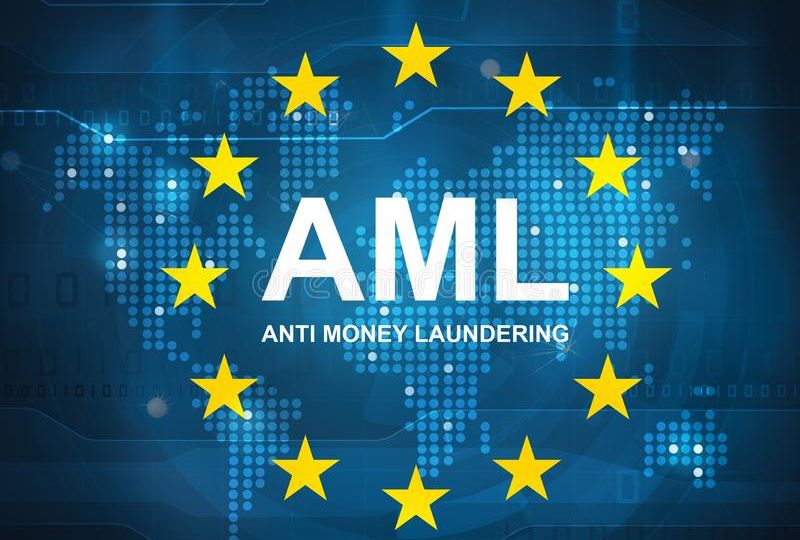
A humble post on AMLD6: Is there or not an AMLD6?
Copyright 2021 Christiana Aristidou LLC
Co-authored by The Hybrid LawTech Firm and IAP
It has been the subject matter of discussions between professionals and academics, lawyers and compliance service providers and some misleading articles that have been posted on the internet have not shed any light on it.
So, is there or not an AMLD6?
It seems that those in favor, have mistaken Directive of the EU 2018/1673 to be the new AMLD6.
A quick throwback:
Directive of the EU 2015/849, known as the fourth AML Directive, was adopted in May 2015, with a transposition deadline for the Member States of 26 June 2017 and it is the main legal instrument on the prevention of the use of the financial system for the purposes of money laundering or terrorist financing. It was later amended by Directive of the EU 2018/843, known as the AMLD5, adopted on 30 May 2018, with a transposition deadline of 10 July 2020. Transposition is still ongoing.
AMLD5 is a revolutionary legal instrument in the fight against money laundering and terrorism financing and everyone knows it, hence I should not delve into it.
Despite this in 2018, money laundering and the related financing of terrorism and organized crime had remained a significant problem at Union level, damaging the integrity, stability and reputation of the financial sector as well as threatening the internal market and the internal security of the Union. In this respect and in order to tackle those problems and to complement and reinforce the application of Directive of EU 2015/849, on 23 October 2018, Directive 2018/1673 was adopted, aiming to combat money laundering by means of criminal law. It criminalized money laundering when it is committed intentionally and with the knowledge that it was derived from criminal activity. It imposed harsher criminal penalties in cases where the assets being laundered are the proceeds of certain offences. The exhaustive list includes, human trafficking, toxic drugs, sexual exploitation, as well as those offences related to business corruption.
The transposition deadline was 3 December 2020.
It is obvious that Directive 2018/1673 which is mistaken to be AMLD6, is, in reality, a directive with a different scope of applicability.
From 2018 onwards, a number of factors have led the European Commission to present on 20 July 2021 an ambitious package of legislative proposals on money laundering and terrorist financing aiming at strengthening the existing measures and filling in any gaps, aiming to improve the detection of suspicious transactions and activities.
It was the new wave of scandals, the emerging challenges linked to technological innovation, including virtual currencies, the damage that money laundering and terrorist financing have caused to EU citizens and the EU’s financial system, the need to create more integrated financial flows, the need to close the door on money laundering criminals that led to this legislative initiative.
The package consists of four legislative proposals, the third one being the pivot one for the purposes of this article.
It is a proposal for a new “directive of the European Parliament and of the Council on the mechanisms to be put in place by the Member States for the prevention of the use of the financial system for money laundering and terrorist financing, repealing
Directive EU 2015/849, the AMLD6.
A detailed analysis of this package and further explanations will follow in a later post.
As a result of a number of publications that we have come across that caused all this confusion and doubts, it was inevitable for us to contact the European Union seeking clarifications from the legislators themselves.
The response has come quickly in the Greek language/in Greek. It is self -explanatory and crystal clear. I set out below in free translation:
“The Directive 2018/1673, which is referred to as AMLD6 for prevention of the use of the financial system for the purposes of money laundering or terrorist financing, has, in reality, a different scope of applicability, namely, it is a minimal harmonization of the definition of criminal offences and penalties in the field of money laundering under criminal law, given that the 4th and 5th Directives for the prevention of misuse of the financial system for the purposes of money laundering and terrorist financing, which the proposal of the 20 July 2021 are indented to replace, includes measures of due diligence to be implemented by the private sector, the activities of authorities and financial institutions.
The proposal for a directive included in the July 2021 package is the 6th directive on combating money laundering. This proposal, together with the other acts in the package of 20 July, is now before the co-legislators (of the European Parliament and of the Council). The co-legislators have not yet taken a position on this act.
With regard to Directive (EU) 2018/1673, it entered into force at the end of 2018 and the Member States had until 3 December 2020 to transpose it into national law. ”
The above referred to information was given to us by the European Union following consultation of the general management of FISMA.
What we hope to see is speedy legislative progress.